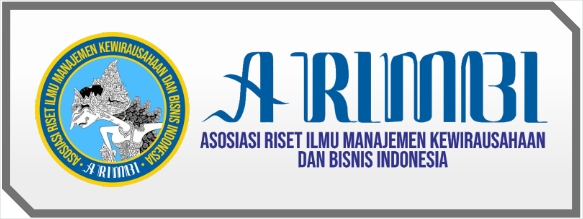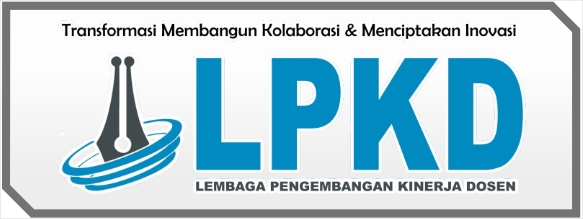DESIGNING BUSINESS PERFORMANCE MEASUREMENT INSTRUMENTS WITH SHORTTAN BALANCED SCORECARD AT CAFE RED &BLUE TANJUNGPINANG
DOI:
https://doi.org/10.55606/iceb.v1i2.130Keywords:
Balanced Scorecard, Performance Management, Designing Performance Measurement Instrument.Abstract
Performance management in question is with the aim of increasing the strategic focus and effectiveness of the company in ensuring continuous improvement of individual and team performance. The most popular approach is to use the BSC (Balanced Scorecard). Cafe Red&Blue wants to grow and maintain its business. Therefore, in this study we want to design an instrument for measuring performance at Red&Blue cafes using the BSC. The initial stage in designing the instrument is to conduct internal and external analysis to determine the position of the business in the industry and the strategy that must be used. The SWOT approach is used in the analysis of the internal and external environment. From the SWOT analysis, it can be seen that the Red&Blue cafe is in quadrant I position. The strategy that must be applied is an offensive and defensive strategy as a complement. This strategy requires Red&Blue to improve its marketing strategy in order to bring even greater opportunities to the business. The next stage is through the formulation of strategic objectives, the objectives of which are designed; increase profits, increase customer loyalty, improve relationships with new customers, develop quality products with innovation, develop good and quality services, improve employee job satisfaction, increase employee skills, and knowledge employee knowledge. The eight strategic objectives are translated into 2 key financial performance indicator (KPI) perspectives, 3 internal business process KPIs, 4 customer KPI perspectives, and 5 KPI growth and learning perspectives, with targets for each KPI set based on discussions with Red&Blue cafe owners.
References
Akbar, F. (2021). Strategy Development in the Management of Kedai Kebun Forum Yogyakarta. Journal of Art Governance, 7(2), 91–106.
Biotrop, S., Science, D., Food, T., Agriculture, F. T., Darmaga, K., & Management, D. (2014). Designing a Balanced Scorecard for Strategy Development at Seameo Biotrop. Journal of Management &agribusiness, 11(1), 33–40.
Buckingham, M., & Goodall, A. (2015). Reinventing performance management. Harvard Business Review, 2015(April).
Dewi, H. (2018). ULTIMA Management | ISSN 2085 ‐ 4587. 10(2), 81–96.
Gawankar, S., Kamble, S. S., & Raut, R. (2015). Performance Measurement using Balance Score Card and its Applications: A Review. Journal of Supply Chain Management Systems, 4(3), 5–21.
Natasha, P., & Devie. (2013). Analysis of the Effect of Benchmarking Use on Competitive Advantage and Company Performance. Business Accounting Review, 1(2), 39–49.
Nursam, N. (2017). Performance Management. Manage: Journal of Islamic Education Management, 2(2), 167–175.
Putriana, M., Artati, S., & Utami, V. J. (2018). J-MAS (Journal of Management and Science) Vol.3 No.2, October 2018. 3(2), 128–136.
Qanita, A. (2020). Strategy Analysis Using Swot And Qspm (Quantitative Strategic Planning Matrix) Method: A Case Study On D'Gruz Caffe In Bluto Sumenep District. Commitment: Scientific Journal of Management, 1(2), 11–24.
Radyanto, M. R., & Prihastono, E. (2020). Development of a Sustainable Business Assistance System for MSMEs Based on a Performance Management System. Options, 13(1), 17.
Wang, Y. (2016). Offensive for defensive: the belt and road initiative and China’s new grand strategy. Pacific Review, 29(3), 455–463.
Wu, H. Y. (2012). Constructing a strategy map for banking institutions with key performance indicators of the balanced scorecard. Evaluation and Program Planning, 35(3), 303–320.
Yin, S., Zhu, X., & Kaynak, O. (2015). Improved PLS focused on key-performance-indicator-related fault diagnosis. IEEE Transactions on Industrial Electronics, 62(3), 1651–1658.
Zhang, K., Hao, H., Chen, Z., Ding, S. X., & Peng, K. (2015). A comparison and evaluation of key performance indicator-based multivariate statistics process monitoring approaches. Journal of Process Control, 33, 112–126.
















